Introduction
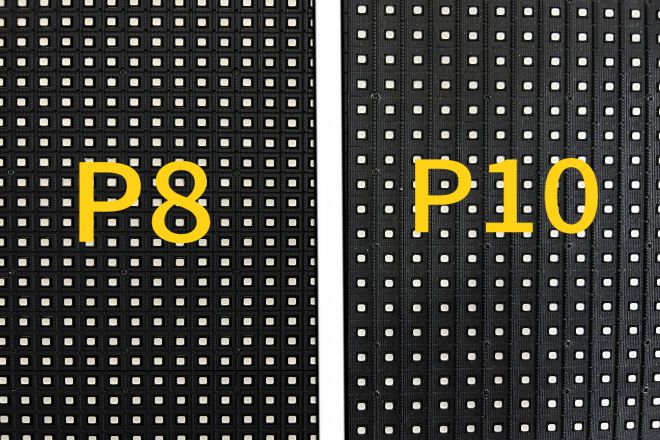
With the continuous development of science and technology, LED displays, as an important carrier of modern information dissemination, have been widely used on various occasions.
Among them, P10 and P8, as common LED display specifications, have their own characteristics due to their different pixel pitches. This article will conduct a detailed comparative analysis of the two specifications of LED displays, P10 and P8 so that you can better understand their characteristics and applicable scenarios.
1. Overview of P10 and P8 LED Display Screens
1). P10 LED Display Screen
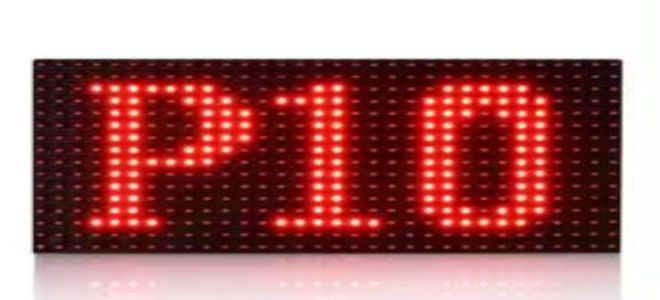
P10 LED display screen refers to the LED display screen specification with a pixel pitch (i.e., the distance between the centers of two adjacent pixels) of 10mm. This specification is usually used on occasions that require large-area display and long-distance viewing.
1.1). Features
Large pixel pitch: Due to the 10mm pixel pitch, the P10 LED display screen may appear slightly grainy when viewed at close range, but its display effect is still clear when viewed at a distance.
Relatively low cost: Due to the large pixel pitch, the number of LED lamp beads and driver ICs required to manufacture the P10 LED display screen is relatively small, so its cost is also relatively low.
High brightness: P10 LED display screens usually have high brightness and can maintain clear display effects in strong outdoor light environments, so they are very suitable for outdoor billboards, large-scale event sites, and other occasions.
2). P8 LED display screen
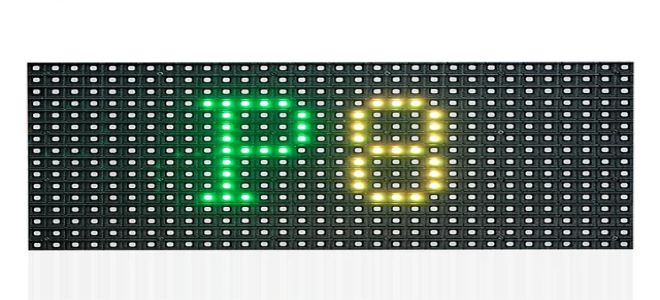
P8 LED display screen refers to the LED display screen specification with a pixel pitch of 8mm. Compared with P10, P8 has a smaller pixel pitch, so the display effect is more delicate.
2.1). Features
Small pixel pitch: The pixel pitch of the P8 LED display screen is only 8mm, which makes its display effect more delicate and can present higher-definition images and text.
Suitable for close-up viewing: Due to the small pixel pitch, the P8 LED display screen can present more delicate picture quality when viewed at close range, so it is very suitable for indoor meetings, exhibitions, and other occasions that require close-up viewing.
Relatively high cost: Due to the smaller pixel pitch, the number of LED lamp beads and driver ICs required to manufacture P8 LED display screens is relatively large, so its cost is also relatively high.
Brightness is also suitable for outdoor use: Although the pixel pitch of the P8 LED display screen is small, its brightness can also meet the needs of outdoor use, ensuring that it can still maintain a clear display effect in strong outdoor light environments.
2. Comparative analysis of P10 and P8 LED display screens
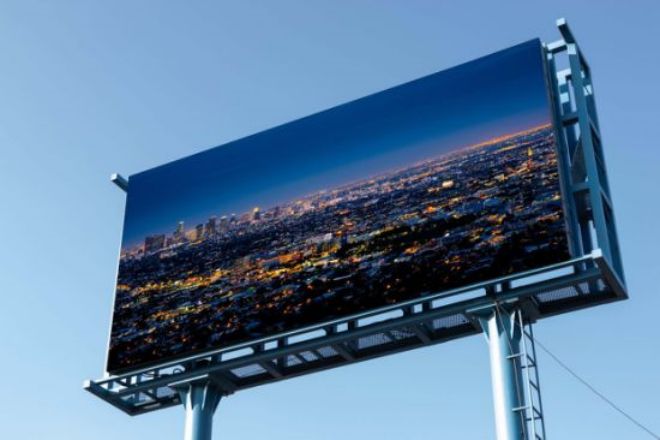
- Pixel pitch and clarity
The pixel pitch of the P10 LED display screen is 10mm, which means that on the same size display screen, the P10 has relatively fewer pixels. Therefore, when viewed at close range, the pixel graininess of the P10 LED display screen may be relatively obvious, especially in application scenarios with high HD requirements.
In contrast, the pixel pitch of the P8 LED display screen is 8mm, and its pixels are denser. This allows the P8 LED display screen to present more delicate images and texts with higher clarity when viewed at close range. In situations where high-definition display effects are required, the P8 LED display screen has significant advantages.
- Viewing distance
Due to its larger pixel pitch, the P10 LED display screen is suitable for long-distance viewing. For example, in outdoor billboards, large-scale event sites, and other occasions, the audience is far away from the display screen, and the P10 LED display screen can ensure the effective communication of information while the cost is relatively low.
The P8 LED display screen is more suitable for close-up viewing. In indoor meetings, exhibitions, and other occasions where the audience needs to watch at close range, the P8 LED display screen can present clearer images and texts, providing the audience with a better visual experience.
- Cost and cost performance
Due to the smaller pixel pitch of the P8 LED display, the production cost is relatively high. This is mainly because more LED lamp beads and more complex driving circuits are required to achieve a smaller pixel pitch. However, in situations where high-definition display effects are required, the P8 LED display can provide a better visual experience, so its cost performance is relatively high.
Relatively speaking, the cost of the P10 LED display is lower and is suitable for situations with higher cost requirements. Although its clarity may not be as good as the P8 LED display, under the dual considerations of long-distance viewing and cost control, the P10 LED display still has a wide range of application prospects.
- Brightness and scope of application
Both the P10 and P8 LED displays perform well in terms of brightness and can meet the needs of most outdoor uses. Both the P10 and P8 LED displays use high-brightness LED lamp beads and advanced driving technology to ensure that they can still maintain a clear display effect in strong outdoor light environments.
However, in strong light environments such as direct sunlight, the P8 LED display may require higher brightness to ensure the display effect. This is because the pixel pitch of the P8 LED display is smaller, and each pixel needs a higher brightness to form sufficient contrast with the surrounding environment. Therefore, when choosing a P8 LED display, you need to consider its brightness requirements based on the specific usage environment.
3. Application scenario analysis
1). Application scenarios of P10 LED display
- Outdoor billboards:
Due to its large pixel pitch, the P10 LED display can still maintain good clarity when viewed from a distance, making it very suitable for outdoor billboards. Whether on highways, commercial areas, or crowded public places, the P10 LED display can effectively attract the attention of pedestrians and convey advertising information.
- Large event sites:
At large event sites, such as concerts, sports events, or exhibitions, the audience is often far away from the display. The long-distance viewing effect of the P10 LED display can ensure the effective communication of information, allowing the audience to clearly see the event content, sponsor information real-time scores, etc.
2). Application scenarios of P8 LED display
- Indoor meetings:
In indoor meetings and other occasions that require close viewing, the P8 LED display can present a more delicate picture quality. Its smaller pixel pitch makes the image and text clearer, which is easier for participants to watch and understand. Therefore, the P8 LED display has a wide range of application prospects in conference rooms, lecture halls, and other places.
- Exhibition display:
In exhibition display, it is often necessary to display high-definition pictures, videos or text information. The P8 LED display can attract more audiences’ attention with its high definition and delicate display effect. Whether it is a product display, a corporate introduction or an art exhibition, the P8 LED display can bring a shocking visual experience to the audience.
4. How to choose the right LED display
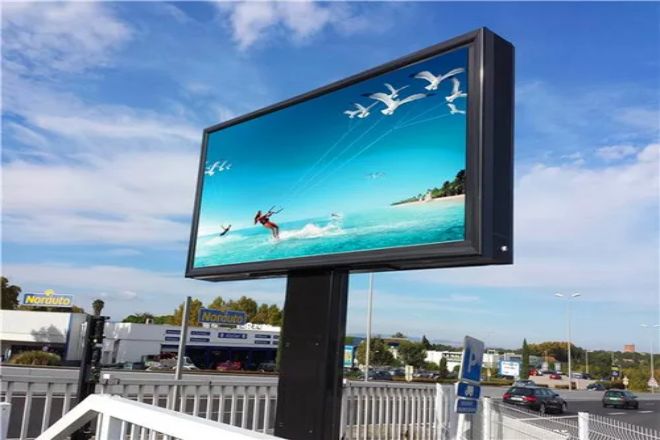
Choosing the right LED display is essential to ensure the best display effect and meet the needs of users. Here are some steps and suggestions to help you make a wise decision when choosing an LED display.
1). Choose the right pixel pitch according to the application scenario and needs
Understand the application scenario: First, determine the usage scenario of the LED display, such as outdoor billboards, indoor conference rooms, exhibition displays, etc.
Analyze the viewing distance: According to the application scenario, consider the distance of the audience from the display. A longer viewing distance may require a larger pixel pitch (such as P10), while close viewing is suitable for a smaller pixel pitch (such as P8 or smaller).
Weigh clarity and cost: A smaller pixel pitch means higher clarity and more delicate images, but it may also be accompanied by higher costs. If the budget allows, try to choose a smaller pixel pitch for better display effects.
2). Consider budget and cost performance
Make a budget: Set a reasonable budget range according to the application scenario and needs.
Compare the cost performance of different models: Within the budget range, compare the performance, price, after-sales service, and other factors of different models of LED display screens, and choose the product with the highest cost performance.
Avoid excessive pursuit of low prices: Although price is an important factor in choosing LED display screens, excessive pursuit of low prices may lead to problems such as unstable quality and poor after-sales service. Therefore, when choosing, it is necessary to comprehensively consider the balance between price and quality.
3). Pay attention to parameters such as brightness, viewing angle, and power consumption of LED display screens
Brightness: Choose appropriate brightness according to the application scenario. Outdoor display screens require higher brightness to resist direct sunlight, while indoor display screens can choose lower brightness to save energy.
Viewing angle: Make sure that the viewing angle of the display screen meets the use requirements. A larger viewing angle allows more viewers to see clear images.
Power consumption: Consider the power consumption of LED display screens and choose energy-saving products to reduce operating costs.
4). Other considerations
Brand and after-sales: Choose well-known brands and suppliers with good after-sales service to ensure product quality and after-sales service guarantee.
Installation and maintenance: Consider the installation and maintenance requirements of LED display screens. Choosing products that are easy to install and maintain can save subsequent costs and time.
Display effect: In addition to pixel pitch, you should also pay attention to the display effect parameters such as color reproduction and contrast of the display to ensure that the image quality meets the use requirements.
Conclusion
P10 and P8 LED display screens each have their own characteristics and applicable scenarios. When choosing, you should make comprehensive considerations based on specific needs and the environment in which you are used.
For occasions that require long-distance viewing and cost control, the P10 LED display screen is a better choice; for occasions that require high-definition display effects and close-up viewing, the P8 LED display screen has more advantages.
Finally, if you want to learn more about LED display screens, please get in touch with us.
